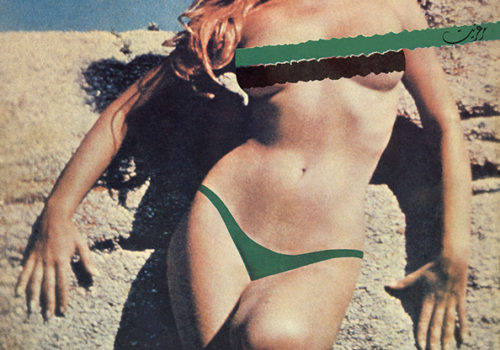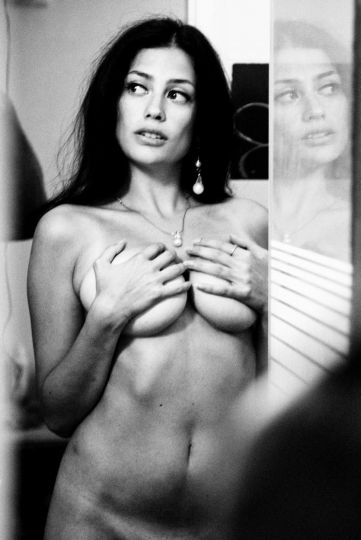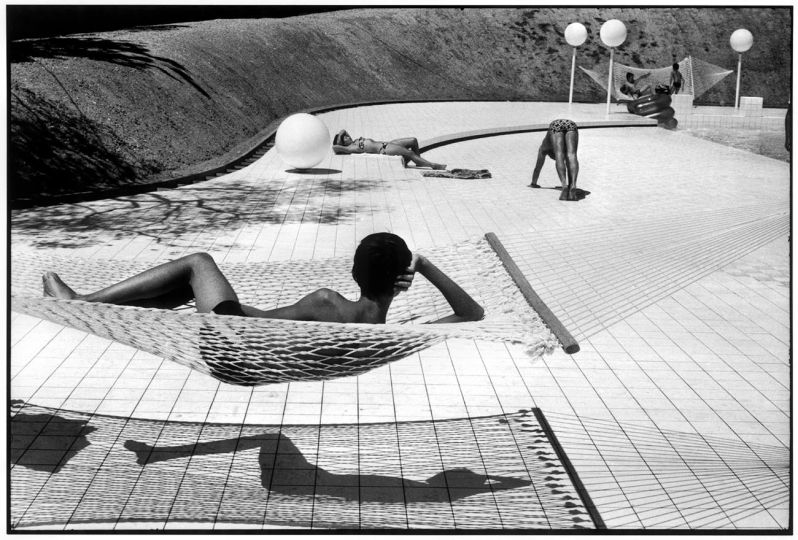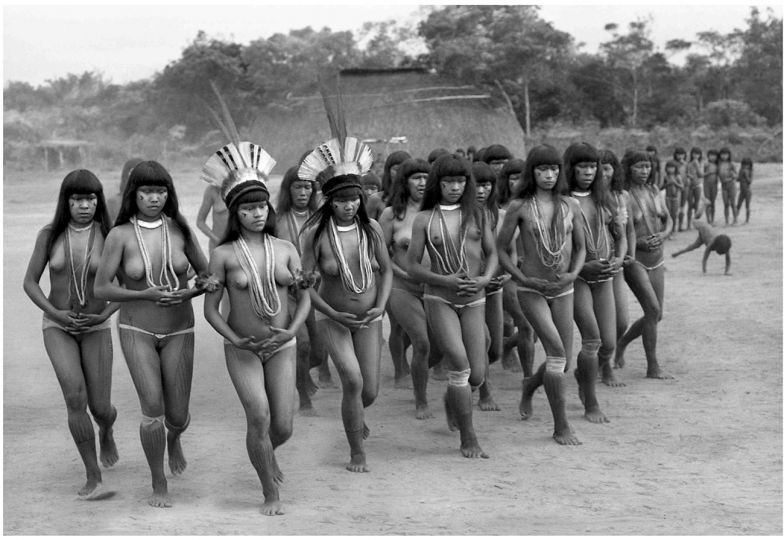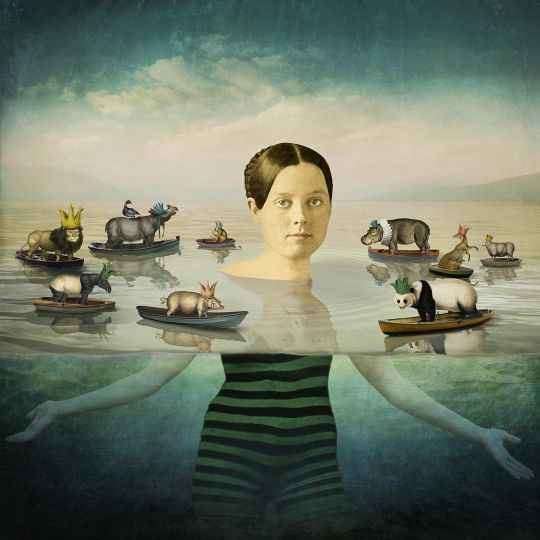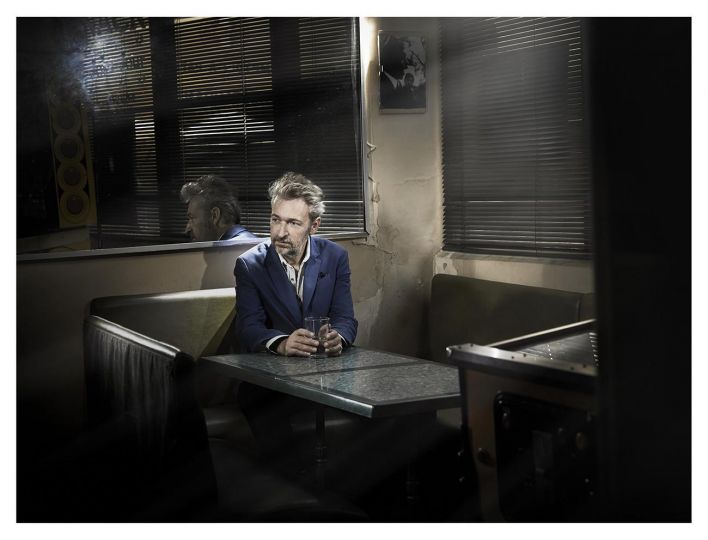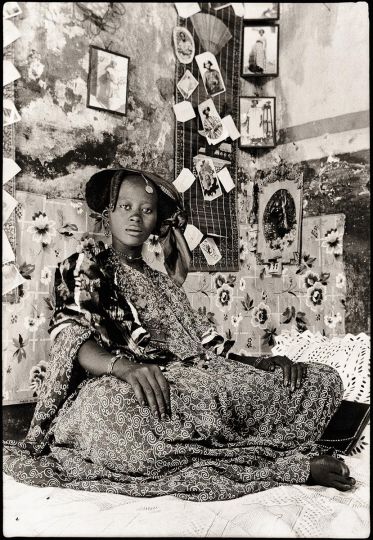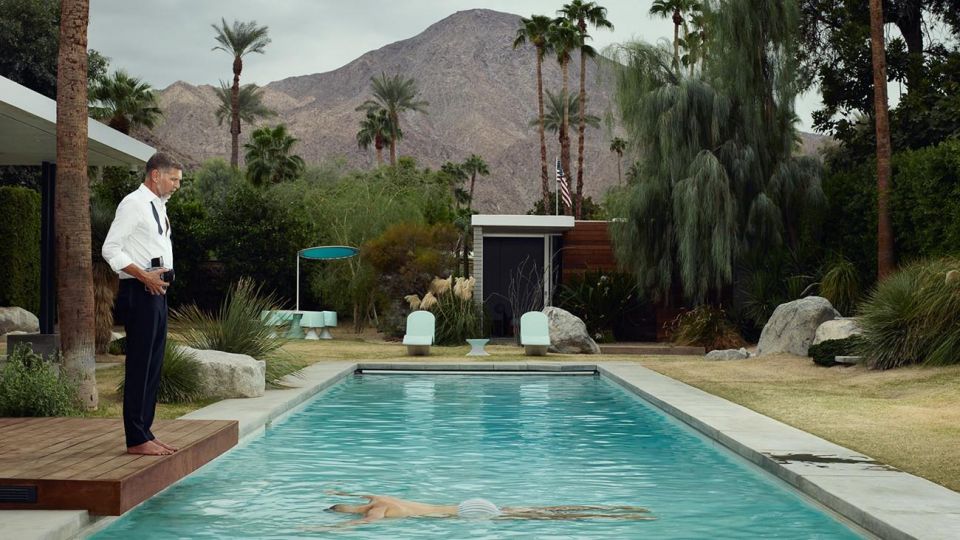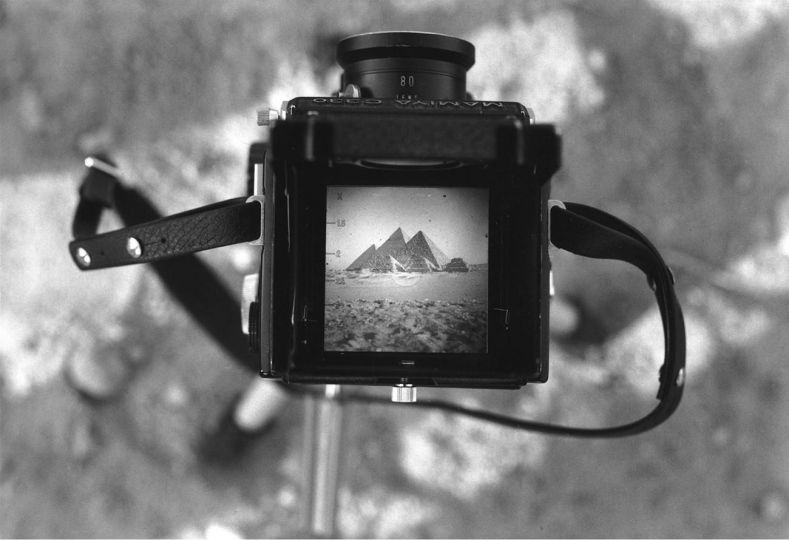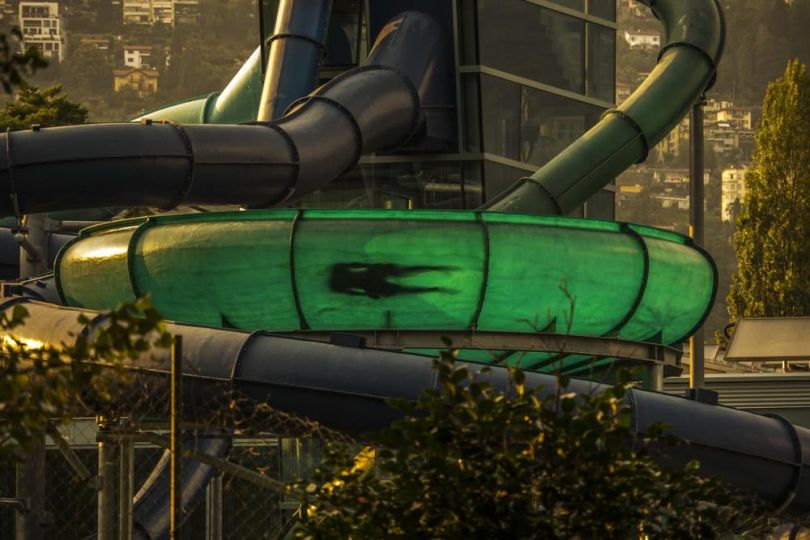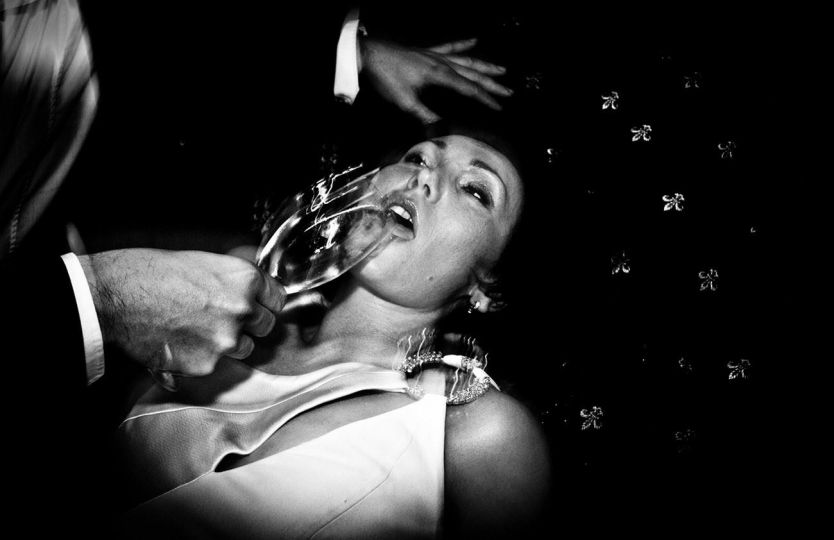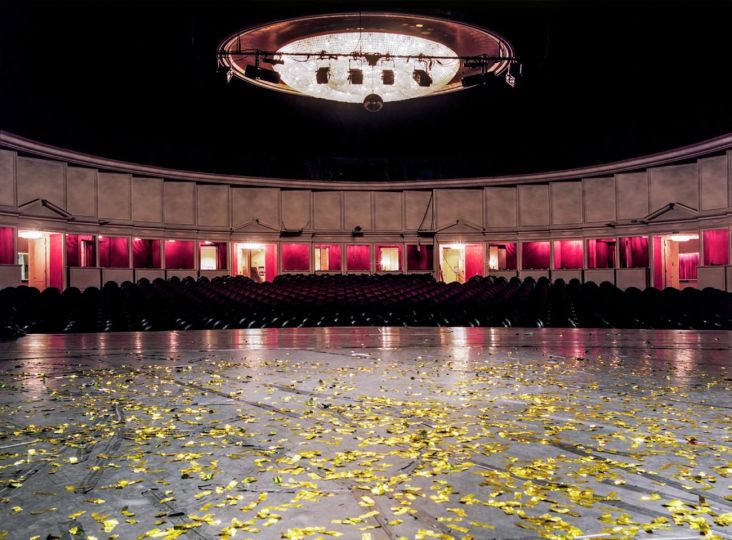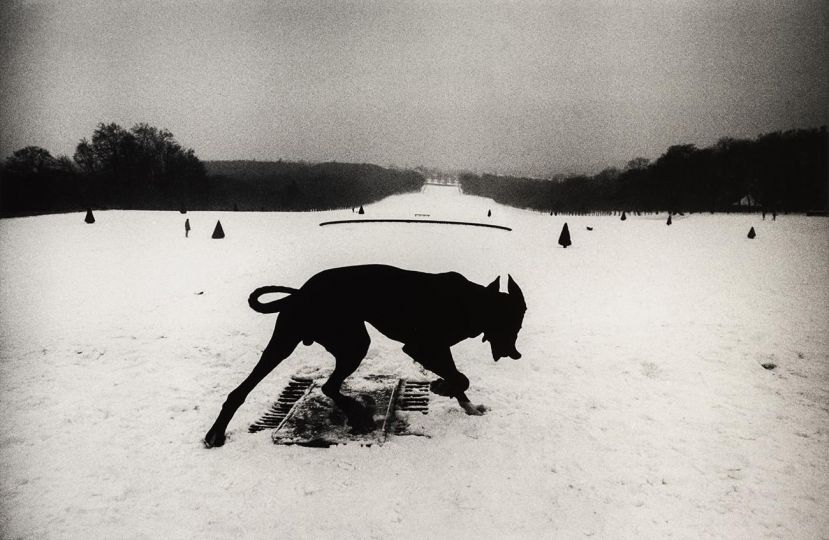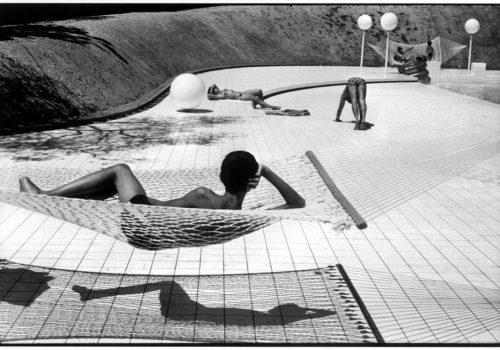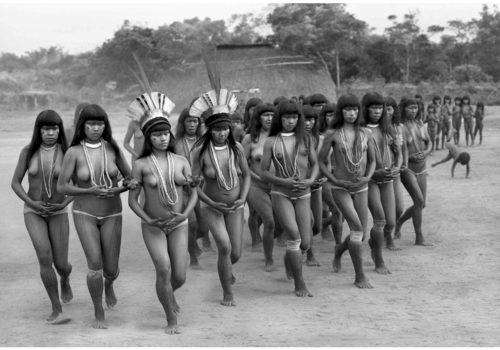The Swinging Sixties and Super Seventies were a time of pleasure and paradise in Beirut, when it was the designated erotic capital of the Arab world. Dubbed “The Paris of the Middle East”, the city quickly became the top tourist destination in the region, attracting movie stars and pop singers. Beirut boasted many casinos, nightclubs and cabarets filled with flashy dancers and playgirls, ready to serve the sensual whims of incoming celebrities, businessmen, and royal Gulf Arabs.
In those years, you could come across sexy films and magazines everywhere, magazines like Sex, Arabic Playboy, Furnished Apartments For Rent, Stars Lights, The Camera, Cinema Wonders, and Alf Layla wa Layla (A Thousand and One Nights).
The owner of the Shahrazad nightclub Mr. F. had an idea to start an erotic magazine to promote the girls working in the club. So he published Alf Layla Wa Layla. Little did he know that the magazine would soon become a huge hit, as it was the only one featuring local Beiruti strippers, who would soon be showered in unending fame and desire while they adorned its shiny covers.
In no time Mr. F. started to abuse his newfound success by using his girls to spy on customers, collecting scandalous information for future blackmail and bribes. Alf Layla wa Layla transformed into a dark source of power, and at one point Mr. F. even became an agent for the notorious “Second Of ce” of the Lebanese intelligence, operating his club as a honey trap for actors, singers and politicians alike.
One of the regulars was Prince Khalid Bin Saud, a Saudi Arabian royal playboy who loved
to indulge in the fame and glamour of the time. Mr. F. acted as his pimp and drug dealer in Beirut, facilitating all of the Prince’s fantasies. They became very close to a degree that Mr. F. convinced him to publish stories of his lusty escapades in the magazine. The Prince agreed, divulging many sexy details to Mr. F.’s eager ears. In one interview, he admitted that he fell in love with a stripper at the club named Gladys Shock. These diaries immediately exploded into one giant scandal heard all around the city, and eventually traveled to the Prince’s homeland, where it was deemed highly unwelcome news. The Lebanese authorities were rattled, they couldn’t indict the Prince because he was untouchable, so they decided to home in on Mr. F. instead.
Suddenly, the girls who featured in the Prince’s sexy stories started to disappear, one after the other. Strange stories about them committing suicide emerged. At the same time, a high price was placed on Mr. F.’s head. He stayed in hiding for a while, leaving behind the glitzy Beirut nightlife and his beloved magazine. Later, he managed to escape to Saudi Arabia where Prince Khalid had promised to protect him.
That was the end of Alf layla wa Layla.
This story is the subject of the latest series by Lebanese photographer Raed Yassin. In his third solo show in Athens, he continues his investigation into themes of personal and collective memory. He is using, in a highly imaginative and idiosyncratic way, popular culture and mass production vocabulary to translate and transmit socio-political critics. In this case the artist selects human desire as his central theme and offers a spicy and humorous analysis through a variety of media such as neon works (“Manual for Disasters”, “The Future is Nostalgic”, “Crying Station”, “The End of the World”, “Conspiracy Theory”) and his new photographic series titled Sex, Spies and the Suicide Dancer.
Human desire has always fashioned a time and place for itself to inhabit and breathe through. In 20th century urban space, it found its character within red neon lights, shady cinemas, and dusty newsstands filled with cheap tabloids. Men spoke of their heroic escapades searching for the ultimate erotic destination, a physical place that one can strive towards and “discover” like a great explorer. They sailed into the night, the designated time of day when this lewd activity takes place, setting the scene for darkness to reign supreme.
This epoch of sexual liberation created its own sense of image, sound and narrative, rooted in the culture of a modern body emancipated from tradition and societal restrictions. This exhibition at Kalfayan Galleries features several bodies of work that negotiate this subject in contrasted ways, yet exude a common seductive visual language. The works attempt to remind us that there was once a time when desire was associated with hope; a time that was not preoccupied with hard binary moralities, but marked its own softer version of the truth.
Raed Yassin, The Future is Nostalgic
26 January – 4 March 2017
Kalfayan Galleries
11 Haritos Street
Kolonaki, Athens
Greece

